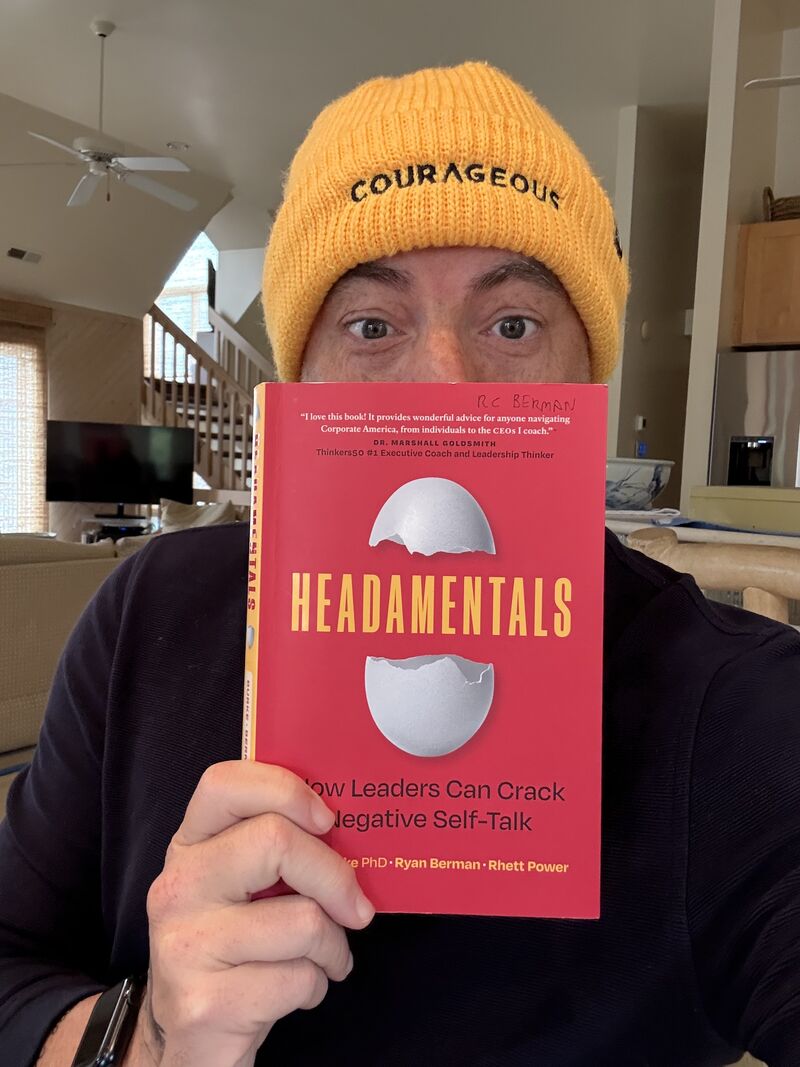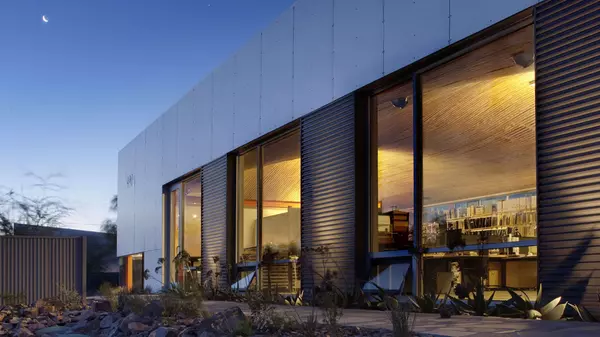California just overhauled its main environmental law. Here’s what it means for San Diego
California’s landmark environmental law was overhauled in Sacramento this week, and it could mean more housing for San Diego.
Gov. Gavin Newsom signed two bills on Monday that will weaken the California Environmental Quality Act, or CEQA, to make building housing easier. The law was praised by environmentalists across the nation when it passed in 1970, but critics have argued it had since became a tool for stopping residential construction.
CEQA has been used over the years to stop local projects you might not associate with environmental concerns. Preservationists used the law to halt the demolition of the dilapidated California Theatre building downtown. It was cited by opponents of a soccer-focused effort to demolish and replace Qualcomm Stadium after the Chargers left. And CEQA used to delay an effort by the city and the San Diego Padres to turn one of its parking lots into housing.
The changes signed by Newsom were mostly focused on infill projects in urban settings. (For example, constructing an apartment building where a shopping center once stood.) Still, environmentalists said the changes could affect endangered species, like the gnatcatcher bird, which still ends up in urban areas. They also argue CEQA was one of the only tools poorer communities could use to oppose bad projects.
In a huge departure from other California housing legislation that takes months or years to pass, the changes are immediate because they were included in the new state budget.
Lisa Ross, chair the Sierra Club’s San Diego branch, decried the passage.
“I’m calling this a CEQA beheading,” she said. “We are a biodiversity hot spot so this is a major concern to us. This was a backdoor deal. This is the last thing we expected out of a Democratic legislature.”
Housing advocates praised the changes as something they had been asking for for years.
“This is one of the largest victories for housing and climate in California’s history,” said Leora Tanjuatco-Ross, California director at grassroots group YIMBY Action. “These reforms will save millions of dollars spent on unnecessary paperwork and lawsuits.”
One of the environmental positives of the bill, according to advocates, is that California cities will not need to rely on suburban developments if they can build more easily in urban settings, cutting down on car trips. Matt Lewis, spokesman for California YIMBY, said modern environmentalists have largely come around to the idea that building housing in cities is better than the backcountry.
“I think there are some folks (from older environmental groups) that think if they are growing a zucchini in their yard and have solar panels on their roof, they are the most sustainable thing that ever happened,” he said. “But the reality is if you live in a neighborhood that mandates driving everywhere, that solar panel is being more than offset.”
Ross argued you can’t paint San Diego County with the same brush as all urban areas. This is primarily, she said, because we are a region littered with canyons that house numerous endangered or threatened species, such as the Pacific pocket mouse or the many native plant species.
There are many San Diego projects wrapped up in CEQA-related complaints or lengthy environmental reports that may now suddenly find themselves with a clearer path. However, even some of the most involved writers of the legislation, and Sierra Club officials, are unsure if all CEQA lawsuits are now dropped or somehow grandfathered into previous laws.
But one thing we do know: Single-family zoning is safe under the new changes, avoiding the most politically contentious issue for housing law in the state.
Here’s how the changes will work:
It will be easier to build in urban settings
One of the bills approved, AB 609, would exempt almost all urban housing development from going through CEQA approval or subject it to lawsuits.
To qualify, a project has to be on a previously developed property, surrounded on almost all sides by existing urban uses, be consistent will local zoning (such as residential) and not be in an environmentally sensitive site.
San Diego housing analyst Gary London said the change will likely affect communities more resistant to new homes, such as coastal communities from Oceanside down to Del Mar, than the city of San Diego. The city has a program in place, called Complete Communities, that already speeds up many infill projects.
“You have 17 other cities, and some unincorporated areas, where this will have a bigger, more immediate impact,” London said.
While the changes were aimed at housing, exemptions were also put in place for child care centers, farmworker housing, food banks, health care clinics, high-speed rail stations or facility sites, and advanced manufacturing facilities in industrial areas, such as for the production of semiconductors.
The manufacturing facilities exemption has produced the most pushback from environmentalists. Chris Roberts, a transportation leader in the climate group SanDiego350, said the manufacturing add on was most frustrating.
“What does that have to do with housing?” he said.
Roberts said he was annoyed that opponents of CEQA always use examples of where the law was used inappropriately, but ignored all the ways it has helped underserved communities to oppose polluting projects.
What’s next?
How the law will be interpreted might take some time to filter through. Many housing advocates and environmental groups were caught off guard that the bills were passed.
There are a number of projects in San Diego County that are involved in environmental-related delays, such as Seaport San Diego. While experts were cautious to say exactly what that meant for current lawsuits, Stephen Russell, CEO of the pro-housing San Diego Housing Federation, said he’d know what he would do.
“I would ask the judge to dismiss the case,” he said.
Russell said there have been countless residential projects halted over the years that never made it out of the feasibility phase because of concern over potential CEQA lawsuits. He said he was unsure how quickly changes would happen but didn’t doubt that many interested parties were making a lot of phone calls today.
“The development community is pretty clever,” Russell said. “They know what this means.”
CEQA had been an important tool for San Diego County unions and neighborhood groups to delay, or stop, projects. It may take months to see how the new changes could play out in court rooms and City Council meetings.
One theory is that the new law could make rezoning easier for city governments that face strong opposition to new housing. The reason is if a city tries to rezone an area, it is often subject to CEQA lawsuits. Lewis, the communication director at California YIMBY, said he could see a scenario where the reforms make it easier for governments to change zoning in urban areas.
Categories
Recent Posts










GET MORE INFORMATION


